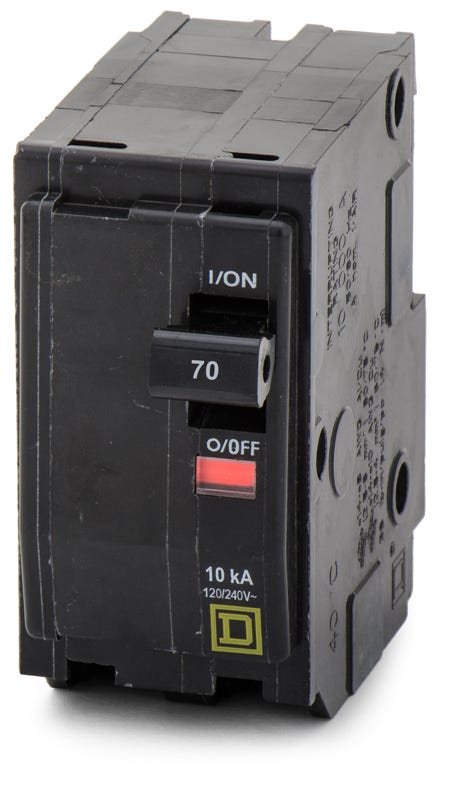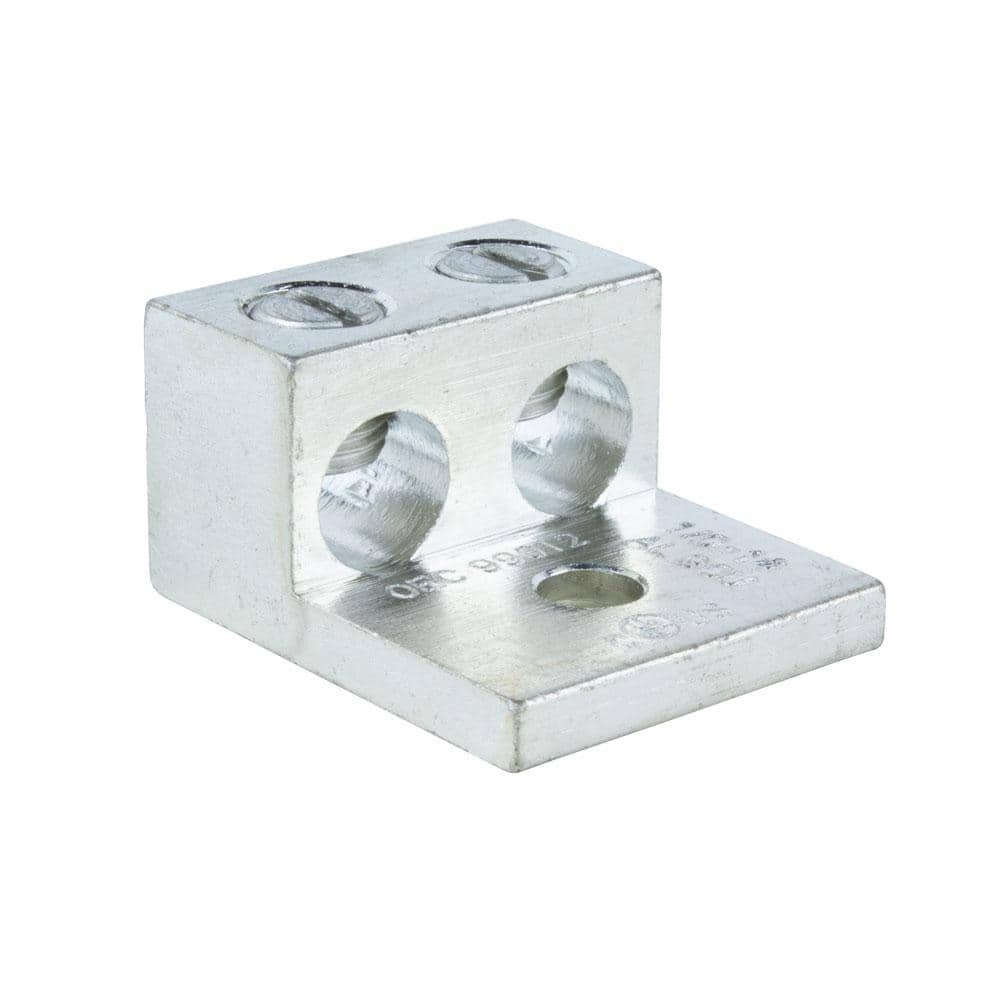jameshowison
New Member
- Joined
- Jul 30, 2021
- Messages
- 188
Setting up a 48v nominal system. Two 48v batteries in parallel, the Jakiper server rack batteries. Each has a circuit breaker disconnect on the battery.
Most schematics also feature a main battery disconnect right at the positive busbar, using the red disconnects from Blue Sea. I would just add one of those in so that I can turn off the battery but they are rated at 48v max, and Blue Sea says they aren't for use with 48v nominal systems that can run up to 58-60v when fully charged.
So what are people doing for a battery disconnect for 48v nominal? Will's 48v workshop system seems to use a surface mount Blue Sea circuit breaker (like a 285 series), but those also seem rated for a max voltage of 48v.
Not something to worry about? Just use the disconnects on the server rack batteries (would need to ensure both are off!).
Most schematics also feature a main battery disconnect right at the positive busbar, using the red disconnects from Blue Sea. I would just add one of those in so that I can turn off the battery but they are rated at 48v max, and Blue Sea says they aren't for use with 48v nominal systems that can run up to 58-60v when fully charged.
So what are people doing for a battery disconnect for 48v nominal? Will's 48v workshop system seems to use a surface mount Blue Sea circuit breaker (like a 285 series), but those also seem rated for a max voltage of 48v.
Not something to worry about? Just use the disconnects on the server rack batteries (would need to ensure both are off!).




